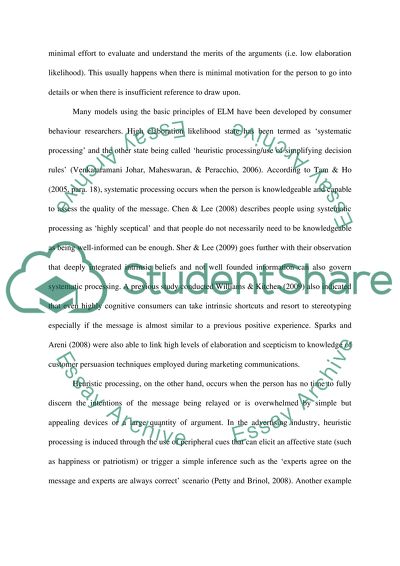Cite this document
(“Intergrated Marketing Communication Essay Example | Topics and Well Written Essays - 1500 words”, n.d.)
Retrieved de https://studentshare.org/miscellaneous/1563959-intergrated-marketing-communication
Retrieved de https://studentshare.org/miscellaneous/1563959-intergrated-marketing-communication
(Intergrated Marketing Communication Essay Example | Topics and Well Written Essays - 1500 Words)
https://studentshare.org/miscellaneous/1563959-intergrated-marketing-communication.
https://studentshare.org/miscellaneous/1563959-intergrated-marketing-communication.
“Intergrated Marketing Communication Essay Example | Topics and Well Written Essays - 1500 Words”, n.d. https://studentshare.org/miscellaneous/1563959-intergrated-marketing-communication.


